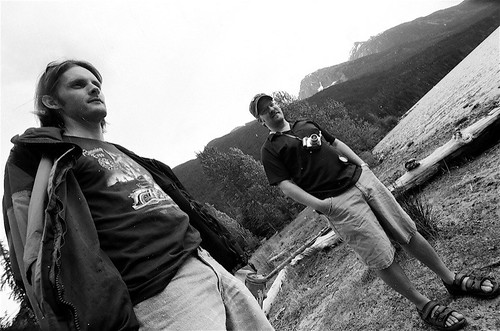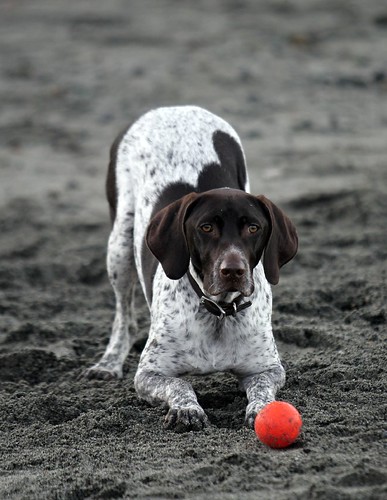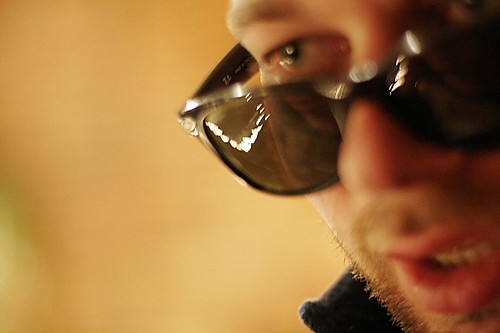Entry #36: Choosing A Lens
Most compact cameras that you pick up from Future Shop only have one built in lens. In most cases, it’s a zoom lens, capable of giving you moderate wideangle coverage upwards to a decent telephoto lens. Most people probably don’t know the difference between those two, so I thought I’ll give a brief tutorial.
The most well known lens is probably the 50mm prime. 50mm refers to the focal length of the lens, and prime refers to the fact that it’s a fixed focal length lens (i.e. not a zoom lens). In photography, the 50mm lens is also called a “standard” lens because it almost exactly matches the field of view of human eye. That is, if you were to look at a scene and then photograph it using a 50mm lens, it would closely match what you saw.
Some people call a 50mm lens boring because it doesn’t really add any impact based on what a typical person would see. That being said, some really great photographers have made a living by only using the 50mm lens.
Anything below a 50mm essentially is known as a wideangle lens. As you go down in focal length, the field of view (what the lens can see) increases drastically. A fairly standard zoom lens is the 28mm, and that’s usually the very far end on most compact camera zooms. Anything below that is somethings called an ultra-wideangle lens. Wideangle lenses are typically known for adding drama to a scene, as often the resulting photos are somewhat distorted.

If you increase the focal length past 50mm, you start to get into an area known as telephoto. Telephoto lenses usually are used for taking portraits and for taking photos of objects that are far away. One feature of telephoto lenses is that they typically compress facial features. For example, larger noses typically look a little smaller using a telephoto, and most of them time they make portraits more appealing. A fairly standard focal length for portraiture is 85mm. Canon’s top of the line 85mm lens runs for around $2500, so you can see it’s a pretty important range.

So, next time you’re playing with your camera, stop and think about what kind of lens you are using, and how it impacts the photo. If you have any questions, drop me a line.
This entry was written for Blogathon 2008, and in support of the Union Gospel Mission charity. If you’d like to donate to the cause, please visit the blogathon donation page and fill out the form near the middle. You can also follow the blogathon RSS feed for this site by clicking here.
